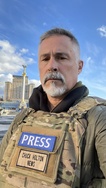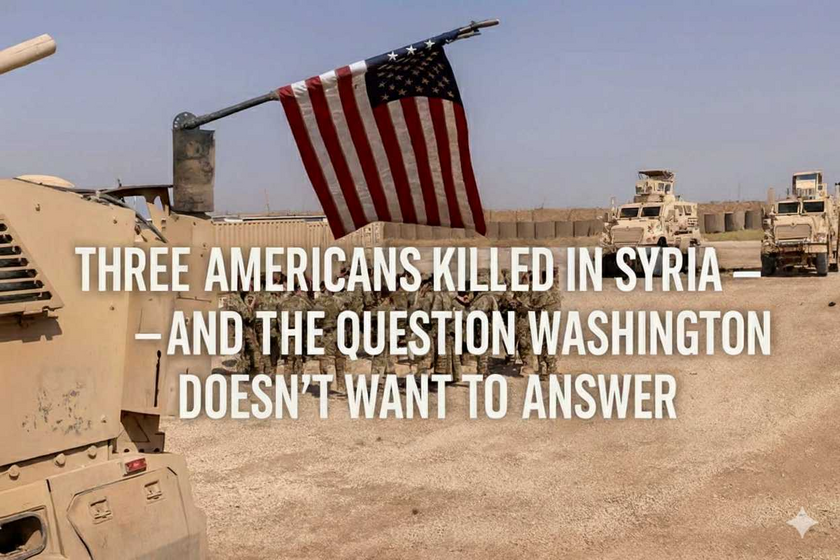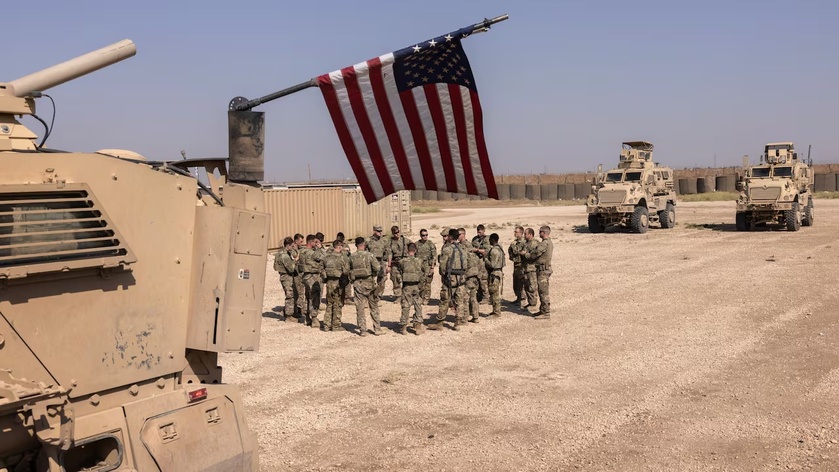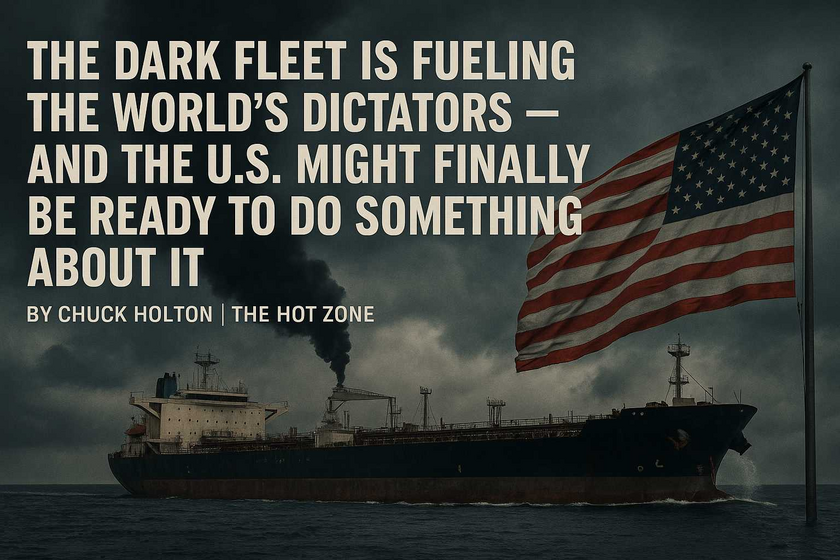Reports are that Putin kept Trump waiting for over an hour after their scheduled call time. How does that make the US look here?
Ceasefire Scope – Who Benefits?
- Trump claims there’s an immediate ceasefire on all “Energy and Infrastructure.”
- Putin’s readout only refers to a 30-day freeze on attacks against energy infrastructure. There's a difference in these two claims.
- This disproportionately benefits Russia because:
- Ukraine has been rebuilding its grid to be more distributed and resilient, relying on smaller power plants.
- Russia, on the other hand, is still dependent on large, centralized oil and gas infrastructure, which has been under near-daily attack.
- Freezing energy strikes helps Russia stabilize its economy and war funding while doing relatively little for Ukraine.
Who’s Negotiating?
- Trump’s readout suggests both Putin and Zelensky are on board.
- Putin, however, only refers to talks between Russia and the U.S., excluding Ukraine from the process.
- This would allow Putin to dictate terms without Ukrainian input, sidelining the country that is actually fighting the war.
Peace Talks – Immediate or Indefinite?
- Trump states negotiations will begin immediately in the Middle East.
- Putin only expresses an intention to continue efforts—a much weaker, noncommittal statement.
- There’s a big difference between a firm plan and vague diplomatic talk.
The Unspoken Condition – U.S. Military Aid Cuts
- Trump’s version of the call ignores Putin’s key demand:
- That the U.S. must cut off military aid and intelligence sharing with Ukraine as part of the deal.
- This would severely weaken Ukraine’s ability to defend itself and benefit Russia without requiring any real concessions from Moscow.
- Trump’s version of the call ignores Putin’s key demand:
Why Putin Wants These Terms Now
- Ukraine has already agreed to an immediate, unconditional ceasefire—but Putin rejected it. Instead, he’s trying to reshape the deal to his advantage.
- His requests align with Russia’s current weaknesses:
- Ukraine has successfully crippled 15 of Russia’s 33 major refineries, hurting Putin’s ability to fund the war.
- Ukraine’s navy has forced Russia to pull back its Black Sea fleet, making a maritime ceasefire strategically beneficial to Moscow.
- Recent U.S. intelligence blackouts helped Russia launch surprise attacks—Putin wants to make those intelligence gaps permanent.
The Bigger Picture
Putin is not agreeing to the unconditional ceasefire that Ukraine and the U.S. previously backed. Instead, he is:
- Protecting his war economy by stopping attacks on his energy sector.
- Framing the deal to Western audiences as reasonable while still advancing his goals.
- Giving Trump something to claim as a victory without making meaningful concessions.
- Turning Ukraine’s self-defense into the “problem” instead of Russia’s ongoing invasion.
Trump presents this as a breakthrough, but in reality, it’s a strategic repositioning by Putin to shift the war in Russia’s favor while limiting Ukraine’s ability to fight back.


















